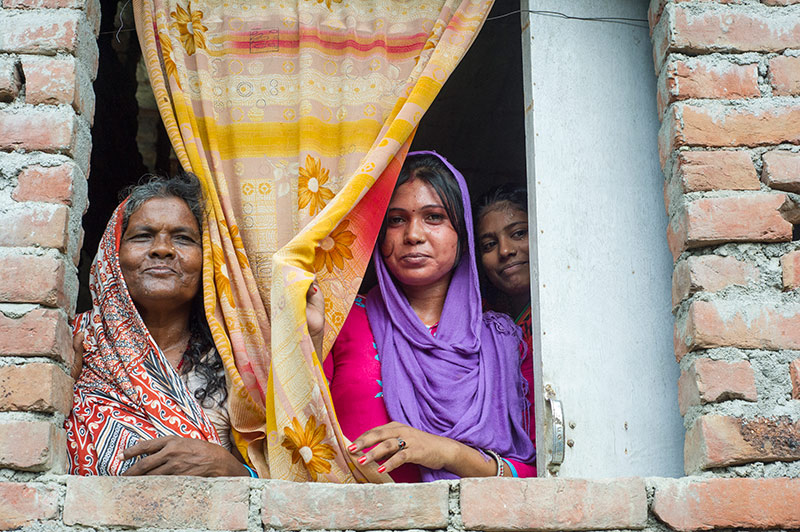
In this industry, we know well that what we can’t measure, we can’t improve. And right now, we often don’t do a great job of measuring women’s economic contributions.
This is in part because we look at the “household” as a single unit, ignoring the people within it. In other words, we don’t take separate account of what work women and men do, what women earn or if they earn at all. Yet these are important pieces of information that can guide and transform our programming.
Over the past 20 years or so we’ve learned the power of disaggregating data beyond the household level.
For example, disaggregating household data by sex revealed that women contribute significant amounts of labor to farm production and, more interestingly, did not get paid for it even when their spouses did.
This kind of analysis can help us understand roles and responsibilities in health, agriculture and education, create more nuanced and effective development programs and gain a deeper and more honest understanding of the changes that result from our work.
It can lead us to insights about how and why men and women adopt and use technologies, invest in their children’s learning, save or spend and an almost unending list of other questions that shape the way we do our jobs.
Research shows, for example, that when women earn, control and allocate income, the whole household benefits: children are more likely to go to school and to be better nourished.
We know that men and women often approach economic decisions differently, and are affected differently by the outcomes of those decisions.
In a talk called Creating Shared Value: The Role of the Private Sector in Agricultural Development, Macani Toungara, Senior Manager for Program Development at TechnoServe, reported that when women and men in coffee-producing households in Ethiopia were encouraged to speak to each other and share in business decision-making, a follow-up survey showed that more women shared in the proceeds from coffee sales and reported feeling more empowered.
When it comes to economic empowerment, we know from speaking directly to women farmers that they care about the earnings.
So what have we done with the powerful information that separating our data by individuals within the household leads to completely different understandings? Sadly, not enough.
Although it is getting better, many development researchers and practitioners still talk about households as a unit and not about the individuals within it. Even though disaggregating our data by sex would go a long way in fostering a “gendered” understanding, most aren’t doing it.
Some believe it would increase the costs of data collection, although there are easy ways to avoid this when conducting surveys. Others have misconceptions about what collecting this kind of data means, or what its purpose is, wrongly thinking it focuses only on women, or compares male and female-headed households.
The true purpose of sex-disaggregated data is to “to identify differences in the needs, roles, statuses, priorities, capacities, constraints and opportunities of women and men, and to use this information in the design, implementation and assessment of research, policy and programs,” according to a study I directed for the International Center for Research on Women.
The lesson here is simple and powerful but not always practiced: Both women and men are development clients and beneficiaries, and their needs, interests and contributions often diverge.
And of course sex is not the last area where data could be broken down to make it more informative. Age, education level, cultural background and any number of factors can help us see which differences matter, and how. Maybe in this age of “big data” we will get closer to complete disaggregation and micro-level analysis.
For now, let’s take the first step of looking into and within the household. We can only know, understand and act on these differences if we disaggregate the household, speak to and take account of both women and men, and report our results accordingly.